There are a number of benefits behind the implementation of hyperconverged infrastructure.
In the hyperconverged model, the application is the biggest focus. In the past, infrastructure policy has put the focus on the wrong constructs, whereas now most attention is placed on the workload.
Hyperconverged infrastructure lends itself well to a higher degrees of data reduction through deduplication and compression. This leads to less intensive requirements for storage capacity and network bandwidth.
Automation has been impossible for a long time due to many legacy IT infrastructures being so complex and varied. Hyperconverged infrastructure operates on the principles of the SDDC (software-defined data centre), where everything from storage and servers to supporting services are virtualised. Automation of routine operations is possible through the implementation of centralised management tools, like scheduling.
You no longer need to worry about the implementation of hardware from different manufacturers, as everything is included within a single unified environment. With Broadberry servers you can make the most out of this capability as we never vendor lock, leaving you free to take advantage of 3rd party hardware.
Hyperconvergence heavily focuses only scaling easily to bite-sized chunks, which is a huge difference from the previous traditional IT model.
Hyperconvergence is all about the simplification and unification of infrastructure features. Rather than having to manage separate backup and replication products, these technologies are often built into hyperconverged systems.
Due to the node-based architecture, scalability of your hyperconverged data centre is made easy. To match your resource demand, you just add or remove nodes as required
The architecture of hyperconverged infrastructure solutions is a scale out design. As individual nodes are not meant to scale up, you scale out to increase the total memory of your cluster.
Resiliency is a key factor, and hyperconverged infrastructure has been designed with disaster recovery as a major component. It has been created to be resilient to most disaster recovery incidents, often occurring due to one of these scenarios.

Site Loss: A datacentre suffers a severe problem, like a fire or flood.

Equipment Loss: Equipment in a centre becomes damaged.

Component Failure: A set of devices or a single server fails due to problems with hardware or power.

Connectivity Failure: Systems become inaccessible to the outside because of networking issues.


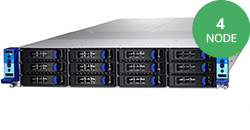


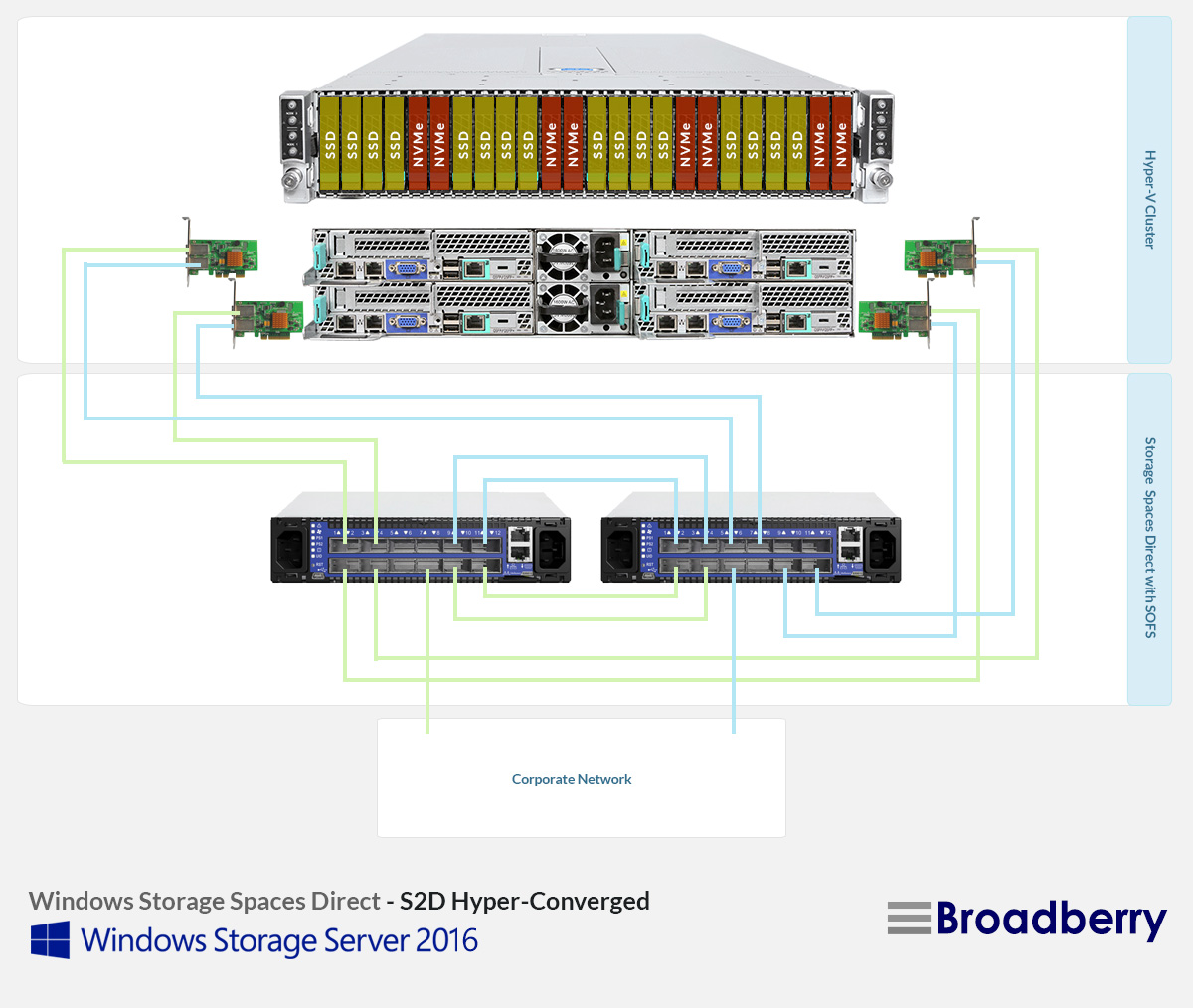
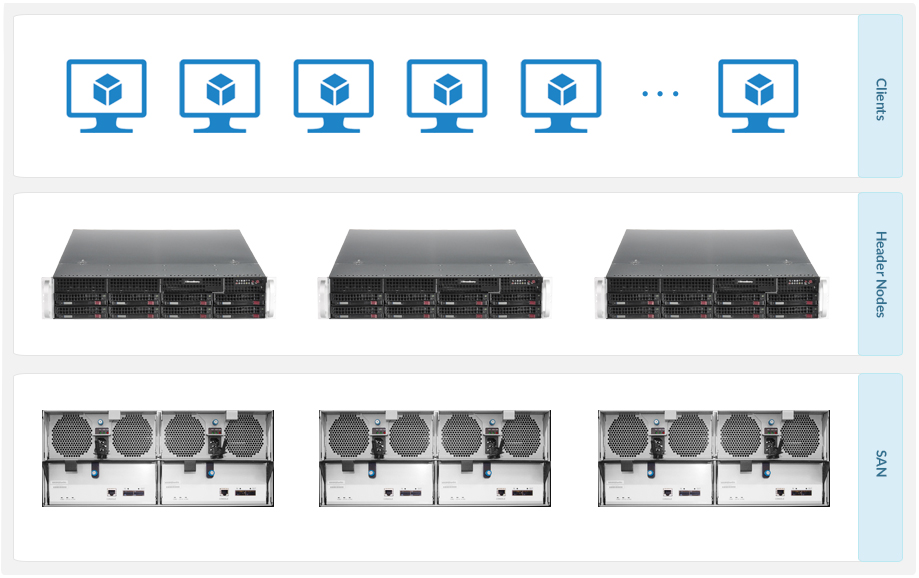


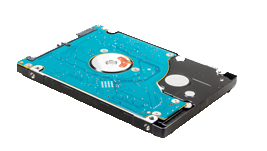
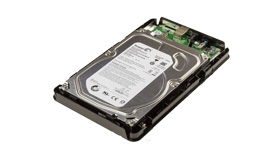
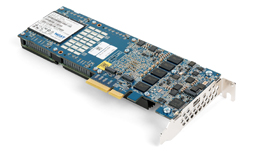
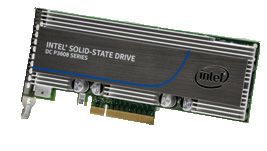
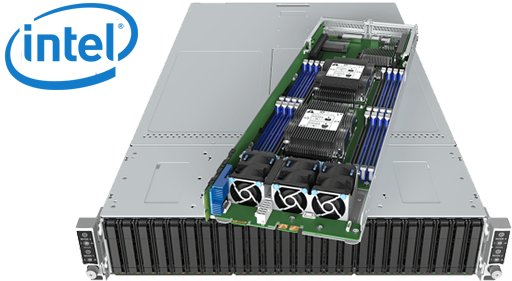

 Extensive Testing
Extensive Testing Customization Service
Customization Service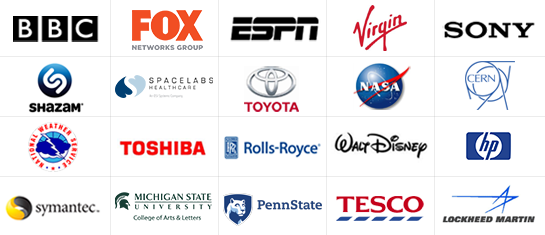


 Call Our US Sales Team Now
Call Our US Sales Team Now